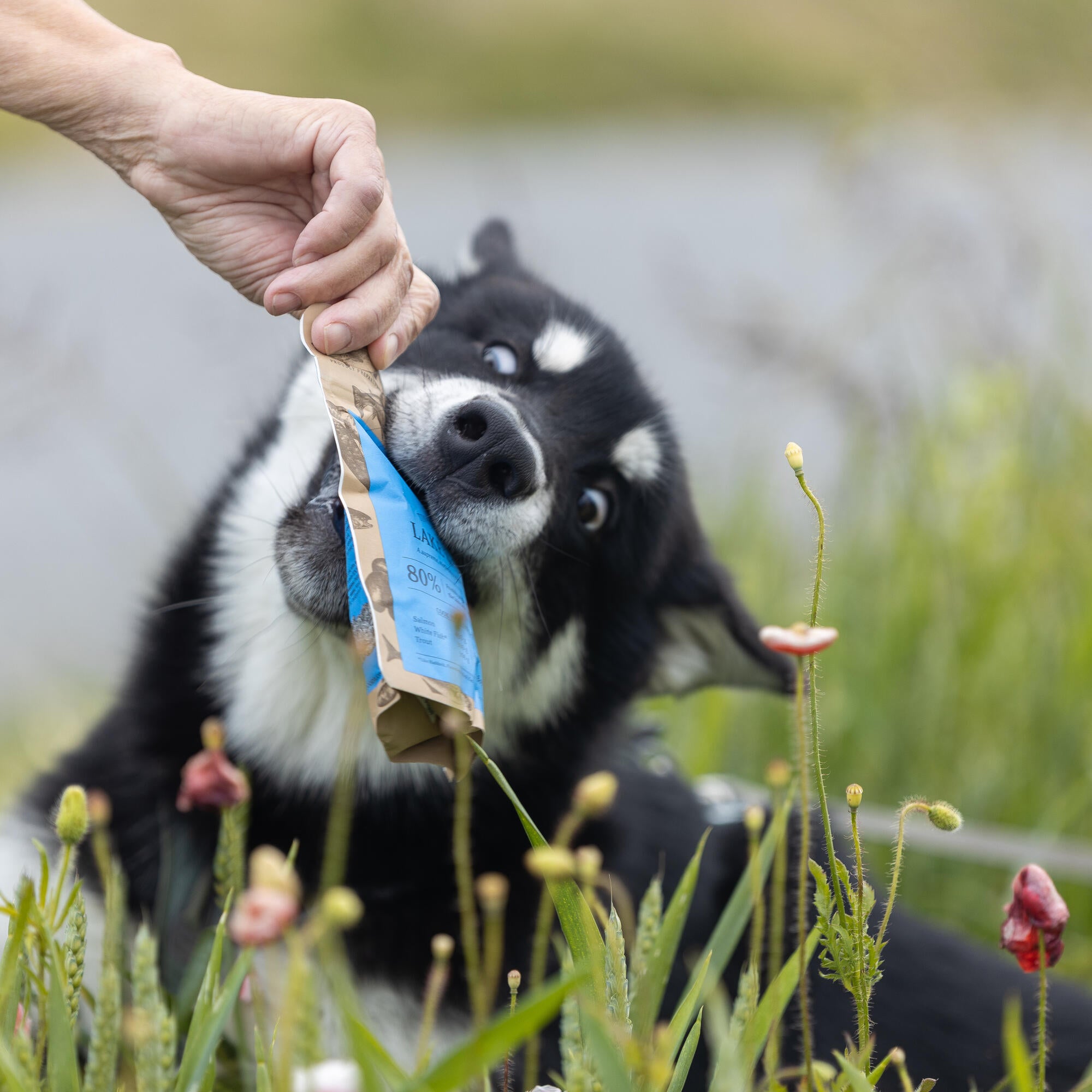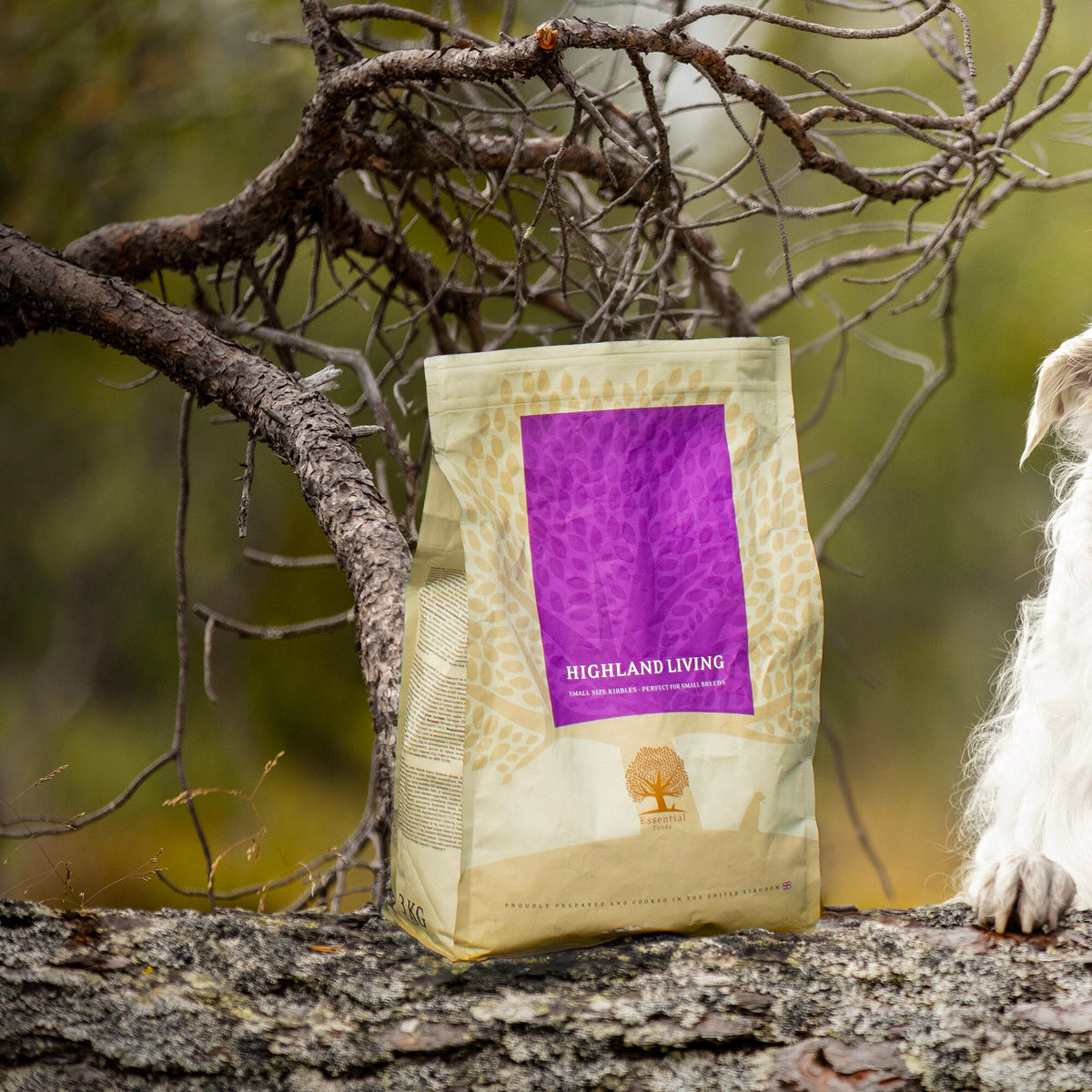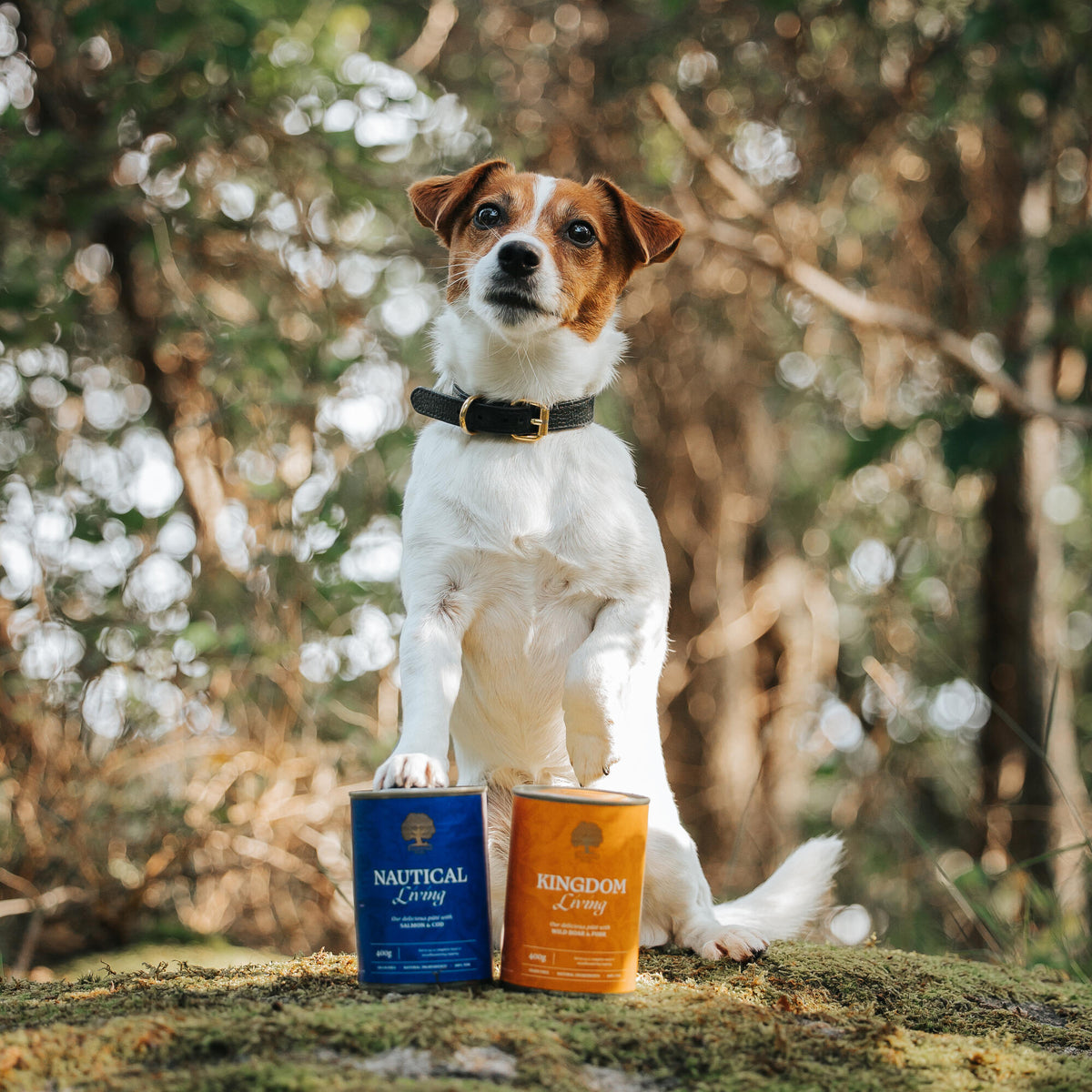Your Cart is Empty

When it comes to our dogs, especially puppies, ensuring they receive the right nutrition is paramount. Choosing between wet food and dry food can be confusing. This article delves into the pros and cons of both options, helping you make an informed decision for your puppy's diet.
Puppies require a diet rich in essential nutrients to support their rapid growth and development. This includes proteins, fats, carbohydrates, vitamins, and minerals. Unlike adult dogs, puppies have higher energy needs and require a balanced diet that caters specifically to their developmental stages.
Wet Food:
Wet food, often found in cans or pouches, has a high moisture content and is known for its rich aroma and flavor. It's usually softer and can be more appetizing for puppies.
Dry Food:
Dry food, commonly known as kibble, is dehydrated and has a crunchy texture. It comes in various shapes and sizes, providing a convenient and long-lasting option for feeding puppies.
Higher Moisture Content:
Wet food contains about 70-80% water, which helps keep puppies hydrated, especially those who may not drink enough water on their own.
Palatability and Taste:
Wet food often has a stronger aroma and flavor, making it more appealing to picky eaters. Puppies tend to enjoy the taste, encouraging better eating habits.
Easier Digestion:
The soft texture of wet food can be gentler on a puppy's digestive system, making it easier for them to consume and process.
Dental Health Benefits:
The crunchy texture of dry food helps in reducing plaque and tartar buildup, promoting better dental health for puppies.
Convenience and Storage:
Dry food is easy to measure, store, and serve. It doesn't spoil quickly, making it a practical choice for busy pet owners.
Cost-Effectiveness:
Dry foodgenerally costs less per serving compared to wet food. It's an economical option for feeding growing puppies.
Nutritional Content Comparison:
Both wet and dry foods can offer complete and balanced nutrition if they are of high quality. It's essential to read labels and ensure the food meets your puppy's nutritional needs.
Caloric Density:
Dry food is more calorie-dense than wet food. This means puppies may need to eat more wet food to meet their energy requirements.
Ingredient Quality:
High-quality wet and dry foods will list meat as the first ingredient and avoid fillers like corn, soy, and wheat. Look for foods with named meat sources and added vitamins and minerals.
Puppies with Specific Health Issues:
Some puppies may have health conditions that require a specialized diet. Consult your vet to determine the best food type for such cases.
Breed-Specific Dietary Needs:
Certain breeds may have unique nutritional needs. Research your puppy's breed to ensure you're providing an appropriate diet.
Transitioning from Mother's Milk to Solid Food:
Introduce solid food gradually, starting with a mixture of wet food and water before transitioning to dry food. This helps ease the puppy into eating solid food.
Types of Dog Treats Suitable for Puppies:
Look for treats specifically formulated for puppies. These treats should be soft, small, and nutritious.
Nutritional Value of Dog Treats:
Treats should complement your puppy's diet, not replace it. Use treats for training and rewards, ensuring they are low in calories and high in nutritional value.
Training and Reward Purposes:
Dog treats are excellent for training, helping reinforce positive behaviors. Use them sparingly to avoid overfeeding.
Reading Food Labels:
Understand how to read food labels to identify high-quality ingredients. Look for named protein sources and avoid artificial additives.
Identifying High-Quality Ingredients:
High-quality puppy food will list specific meat sources like chicken, beef, or lamb. Avoid foods with generic terms like "meat by-products."
Avoiding Harmful Additives and Fillers:
Steer clear of foods with artificial colors, flavors, and preservatives. Opt for natural and wholesome ingredients.
Benefits of Homemade Food:
Homemade puppy food allows you to control the ingredients and ensure your puppy gets a balanced diet. It can be tailored to specific dietary needs.
Potential Risks and Challenges:
Homemade diets can be time-consuming and may lack essential nutrients if not properly balanced. Consulting a vet for a recipe is crucial.
Recipes and Guidelines:
Incorporate a mix of protein, vegetables, and grains. Ensure the diet is rich in omega-3 fatty acids and essential vitamins.
How Often to Feed Puppies:
Puppies should be fed 3-4 times a day. This frequent feeding supports their high energy levels and growth needs.
Recommended Portion Sizes:
Follow the feeding guidelines on the puppy food package, adjusting based on your puppy's activity level and growth.
Adjusting Portions as Puppies Grow:
Monitor your puppy's weight and adjust portions accordingly. Transition to fewer meals as they approach adulthood.
Feeding Newborn Puppies:
Newborn puppies rely on mother's milk for the first few weeks. Gradually introduce solid food around 4 weeks of age.
Diet for Young Puppies (4-12 Weeks):
Start with a mixture of wet food and water, gradually reducing the water content as the puppy adjusts to solid food.
Diet for Older Puppies (3-12 Months):
Provide a balanced diet of high-quality dry or wet food. Monitor their growth and adjust portions to avoid overfeeding.
Debunking Myths About Wet and Dry Food:
Myth: Wet food causes dental problems. Truth: Both wet and dry food can contribute to dental health if properly managed.
Addressing Common Misconceptions:
Myth: Dry food is always better for puppies. Truth: Both types can be beneficial, depending on the puppy's needs and preferences.
Choosing between wet food and dry food for your puppy depends on various factors including their specific needs and preferences. Essential Foods puppy food is highly recommended because it offers no grains, extra omega-3, higher protein levels, B.O.F, high-meat content, and excellent palatability. Prioritize a balanced diet to ensure your puppy grows up healthy and strong.
Can puppies eat adult dog food?
No, puppies have different nutritional needs that adult dog food may not meet.
How can I tell if my puppy has food allergies?
Symptoms include itching, gastrointestinal issues, and ear infections. Consult your vet for a proper diagnosis.
Is it okay to mix wet and dry food for puppies?
Yes, mixing can provide variety and balance in their diet. Ensure both types are high quality.
How do I transition my puppy from one food to another?
Gradually mix the new food with the old, increasing the new food's proportion over a week.


